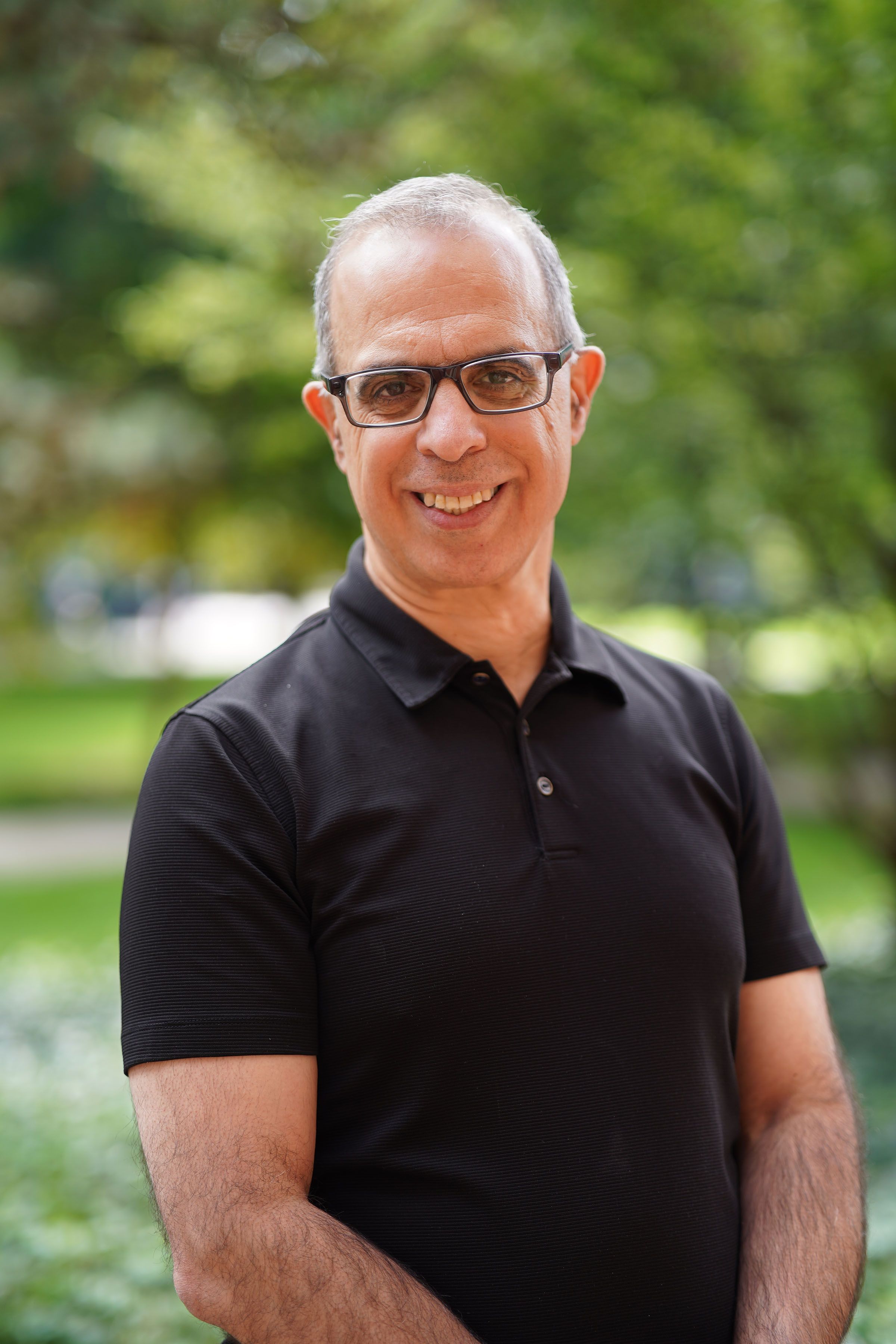Prof. Eitan Geva

Prof. Eitan Geva
Department of Chemistry,
University of Michigan
930 N. University,
Ann Arbor MI 48109-1055,
USA
(734)763-8012
Read Prof. Geva's CV
Prof. Geva completed his PhD in Theoretical Chemistry in the Hebrew University of Jerusalem in 1996, following which he conducted postdoc research in Israel and in the U.S., before joining the University of Michigan Chemistry Department as a faculty member in 2000, where he has been ever since.
Prof. Geva's research program in UM is focused on developing a rigorous and comprehensive theoretical and computational framework for simulating the quantum dynamics of chemical processes in complex molecular systems, and their time-resolved nonlinear spectroscopic signature. Specific research directions include:
1. Development and application of linearized path integral techniques. Such techniques make it feasible to capture a wide range of quantum effects in complex molecular systems. Furthermore, linearizing different quantities and/or degrees of freedom leads to different previously unrelated methods such as centroid molecular dynamics and the mixed quantum-classical Liouville method. Over the years, Prof. Geva and his group have successfully applied linearized path integral techniques to calculate vibrational energy relaxation rates in molecular liquids, linear and nonlinear (multidimensional and time resolved) optical spectra (both IR and UV/vis) , energy and charge transfer rates in organic photovoltaic and photosynthetic systems and cavity-modified rates relevant to the emerging field of polariton chemistry.
2. Development of novel quantum master equation techniques, including pioneering a general-purpose approach for calculating the memory kernel of the Nakajima-Zwanzig generalized quantum master equation from projection-free inputs and demonstrating how it can be used as a multiscale strategy for simulating accurate long time reduced quantum dynamics from short-time inputs. Additional contributions include the development of quantum master equations for systems that are subject to time-dependent driving fields, which capture the effect of the driving field on the decoherence rate and demonstrate how time-dependent driving fields can be used to control and even suppress decoherence.
3. Development of methods for simulating nonlinear time resolved multidimensional spectra (both IR and UV/vs) of complex molecular systems. Those methods go beyond conventional methods in several ways, including (a) being feasible for all-atom models and thereby allowing one to correlate spectral features with the underlying molecular and electronic structure and dynamics in a direct manner; (b) being non-perturbative with respect to the driving laser fields, which in turn makes a direct connection to experiment possible and allows one to account for the effect of non-impulsive laser pulses and chirp; (c) Going beyond Gaussian statistics and accounting for nonequilibrium dynamical and non-Condon effects. Prof. Geva’s work in this area also includes using those methods to interpret experimental spectra in a wide variety of molecular systems. More specifically, Prof. Geva has developed a theory for the spectroscopic signature of coherence transfer in the two-dimensional IR spectra of metal-carbonyls, performed studies of the unique signatures of hydrogen bond structure and dynamics on two-dimensional IR spectra in such systems as hydrogen-bonded acid-base dimers in liquid solution, ethanol oligomers in ethanol/CCl4 liquid mixtures and poly-alcohols in liquid solution and contributed to the interpretation of two-dimensional electronic spectra of photosynthetic reaction centers and organic photovoltaic materials.
4. Development of an open domain general-purpose computational toolbox for accurate modeling of interfacial charge transfer in organic photovoltaic materials. The toolbox makes possible the calculation of post-Marcus Fermi’s golden rule charge transfer rates based on linearized path integral methods from electronic structure and molecular dynamics simulations inputs. This effort also led to the development of an open-source software package (CTRAMER) that allows users to correlate donor/acceptor interfacial charge transfer rates with interfacial structure and dynamics.
Prof. Geva has also developed a novel Compute-to-Learn (C2L) pedagogy, which has been implemented as a peer-led 2-hour weekly supplemental session, held in a studio environment, where undergraduate students enrolled in introductory physical chemistry courses collaborate to create Wolfram Mathematica interactive computer demonstrations of basic physical chemistry concepts. Prof. Geva was the recipient of the 2002 Wolfram Innovation Award for the development and implementation of the C2L pedagogy.